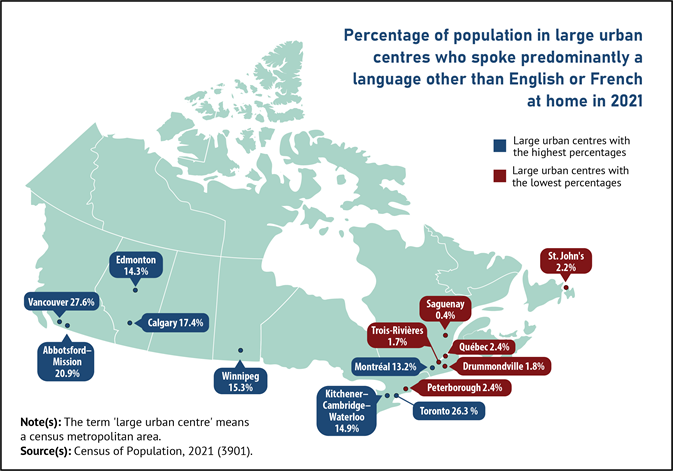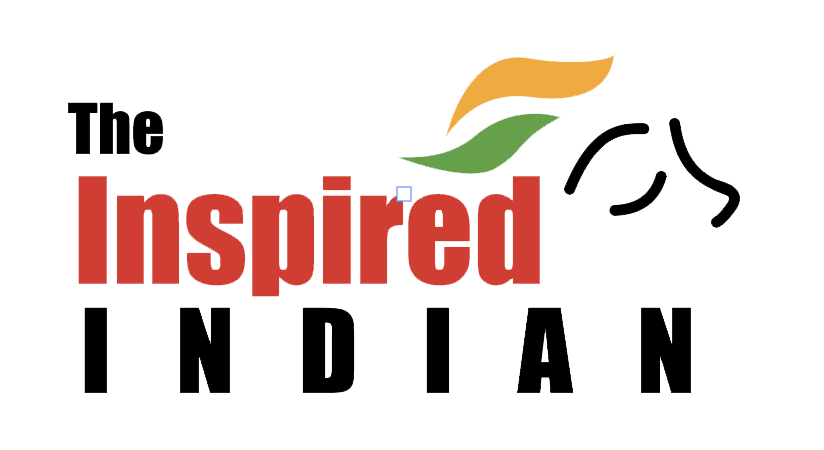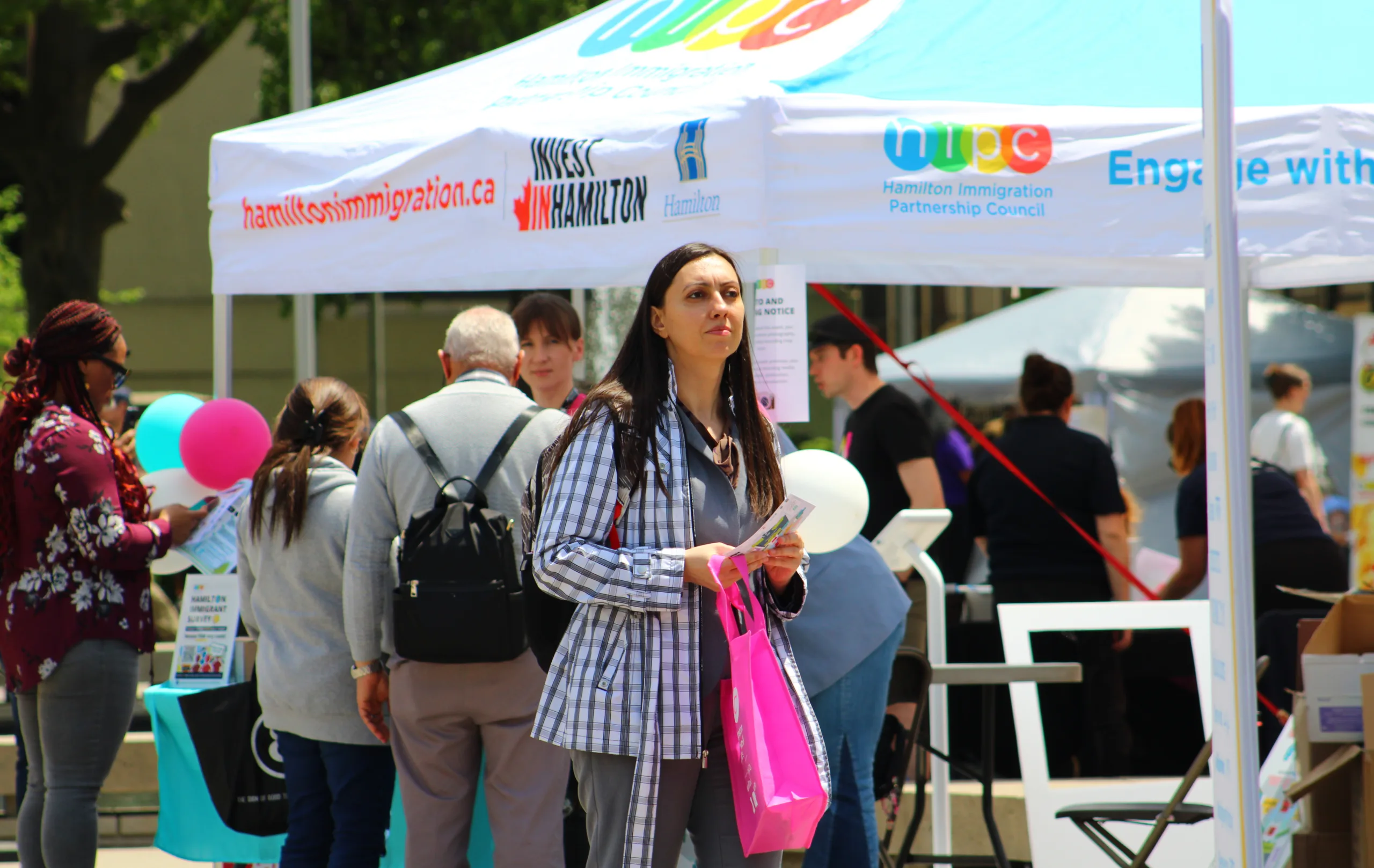Indian languages in Canada: How fast have they grown?
Indian languages in Canada are thriving, reshaping the nation’s linguistic and cultural identity. According to a report from Statistics Canada, based on the 2021 Census, heritage languages like Punjabi, Hindi, Gujarati, Malayalam, and Tamil are growing at rates far above Canada’s overall population increase, reflecting a vibrant and expanding Indian diaspora.
The rise of Indian languages in Canada
Punjabi leads the way, spoken by over half a million Canadians, with major communities in British Columbia, Ontario, and Alberta. Hindi and Urdu continue to grow steadily, supported by new immigrants and families maintaining their cultural roots. Malayalam, meanwhile, has grown eightfold in the five years leading up to the census.
- Punjabi: 520,000 speakers, up 49% from 2016.
- Hindi: 92,000 speakers, up 66%.
- Gujarati: 92,000 speakers, up 43%.
- Malayalam: 35,000 speakers, up 129%.
These trends show that Indian languages in Canada are not only maintaining cultural connections but also shaping local communities, with businesses, cultural associations, and schools increasingly catering to these populations.
English, French, and bilingualism
Despite the growth of Indian and other heritage languages, English and French remain Canada’s foundational languages. English is spoken by the majority of Canadians, while French is spoken by 21.4% of the population. When it comes to bilingualism, 6.6 million Canadians report being proficient in both official languages, while in multilingual households, one in eight Canadians speak a non-official language mainly at home.
Canada’s urban centres reveal the increasing presence of non-official languages in daily life. Over half of Toronto’s residents (51%) speak a non-official language at home, reflecting its status as a multicultural hub. Vancouver (36%) and Montreal (34%) also have substantial multilingual populations, while Calgary (22%), Ottawa-Gatineau (20%), and Edmonton (20%) demonstrate the spread of diverse languages beyond the largest metropolitan areas.
The coexistence of English, French, and heritage languages highlights the balance between integration and cultural preservation, illustrating how Canadians navigate a multilingual society while retaining strong ties to their ancestral languages.

Other languages gaining ground
Canada’s linguistic diversity extends far beyond South Asian communities. These trends highlight how Canada’s linguistic landscape continues to diversify, with multiple communities preserving their heritage languages while contributing to the country’s multicultural fabric.
Tigrigna, an East African language, surged by 114% to 22,000 speakers, while Turkish increased by 48% to 28,000 people. Tagalog grew by 29% or 286,000 speakers, while Arabic grew by 28%, reaching 275,000 speakers. Among Middle Eastern communities, Persian languages expanded by 26% to 180,000 speakers. From Europe and Latin America, Spanish speakers rose by 20% to 317,000, and across Asia, Mandarin experienced steady growth, increasing by 15% over the five-year period.
Beyond just numbers, these communities are creating vibrant cultural footprints, from local festivals and religious celebrations to media and language classes, ensuring that these languages remain a living part of Canadian multiculturalism. This growth reflects broader immigration trends and the ability of newcomers to retain their heritage languages while contributing to Canada’s economy, schools, and cultural life, creating neighborhoods and social networks that are rich in linguistic variety.

